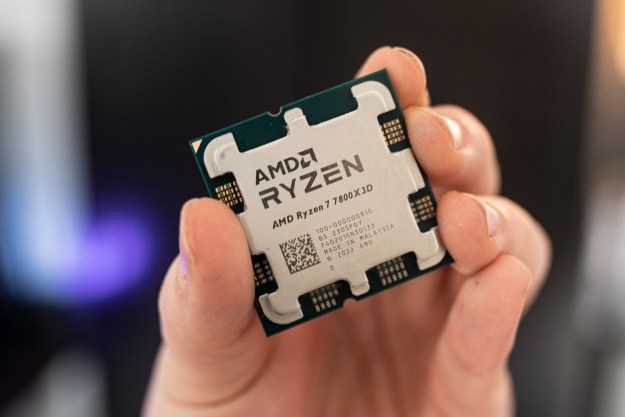The Video Electronics Standards Association (VESA) has announced the launch of the AdaptiveSync and MediaSync standards for monitors, which are aimed at streamlining the process of choosing a new display.
As they become more widely adopted, it could make shopping for a new monitor much easier and rid customers of dilemmas such as “FreeSync versus G-Sync.”

Picking a new monitor is often not a very intuitive process, and that’s largely due to the number of specifications you have to consider when making your choice. Starting with the standard question of whether to buy a monitor optimized for AMD FreeSync or Nvidia G-Sync, you then have to wonder about refresh rates, response time, size, resolution, panel types, and more. VESA’s new standard has the chance to cut at least some of those dilemmas out of the equation.
Both FreeSync and G-Sync aim to accomplish a similar thing: A stutter-free user experience. The technologies sync the monitor’s refresh rate to your graphics card. This limits screen tearing and usually offers much smoother gameplay, which is exactly what VESA also seems to be aiming for with AdaptiveSync.
VESA has developed a new standard, called the AdaptiveSync Display Compliance Test Specification (AdaptiveSync CTS for short). According to VESA, this is the first open standard and logo program for monitors, including both stand-alone and laptop versions. In a way, it seems like the Intel Evo of monitors, with manufacturers being able to obtain certification and logo for their products if they meet all of VESA’s requirements — and those are not at all lax.
The standard is split into two tiers: The higher-end AdaptiveSync Display and the less demanding MediaSync Display. According to VESA, the MediaSync Display tier was made to ensure that the monitor meets the requirements for media playback at a high level. It focuses on removing frame rate drops and 3:2 pulldown jitter (and other kinds of jitter), and offering stable, flicker-free performance.
The AdaptiveSync Display tier is going to be found on some of the best gaming monitors. The displays that receive the logo will have a large variable video frame rate, low latency, and will be able to offer both gaming and media playback at a high quality.

In order for a display to be officially AdaptiveSync Display certified, the screen will have to meet the requirements of over 50 automated display performance tests. These benchmarks put a lot of the monitor’s specifications to the test, including flicker, gray-to-gray response times, jitter, refresh rate, and frame rate drops. Every monitor will be tested with its default configuration prior to any adjustments.
AdaptiveSync Display CTS covers refresh rates ranging from 60Hz at the very least up to at least 144Hz, but of course, monitors that can do more will also be considered. Those screens (upon passing the other tests) will also be labeled as AdaptiveSync Display 240 or 360, referring to their maximum refresh rate. Obtaining MediaSync certification requires an AdaptiveSync range of at least 48Hz to 60Hz.
VESA is also introducing a number of other tests, including rigorous standards for jitter across the most common frame rates, response times of less than 5ms across over 20 tests, factory overdrive settings, and display temperatures.
All in all, this set of specs should make it much easier to pick a worthwhile monitor when shopping, as the certification will guarantee a certain level of performance when paired with a matching graphics card. VESA’s new standard will enforce greater transparency from monitor manufacturers, which can only be beneficial to customers.
Editors' Recommendations
- What is VSync, and why do you need it?
- AMD may soon launch a new GPU, but it’s probably not the one you think
- FreeSync vs. G-Sync
- The best G-Sync monitors for 2022
- More G-Sync Ultimate monitors could be coming with Nvidia’s lower requirements





